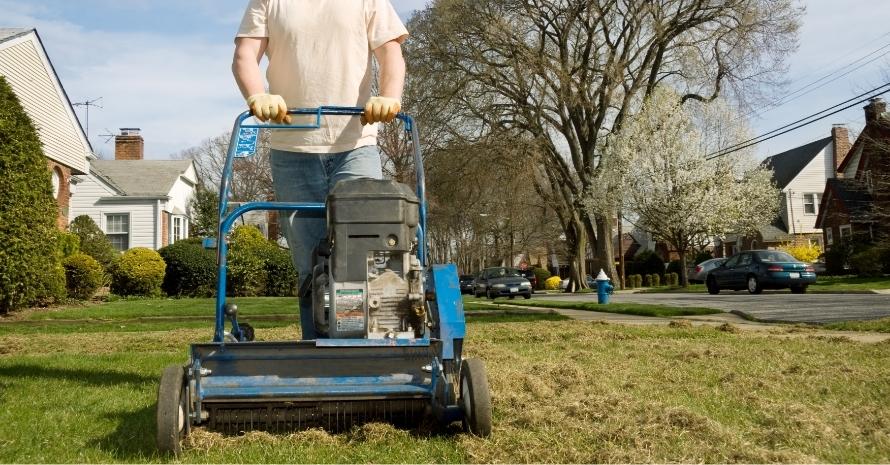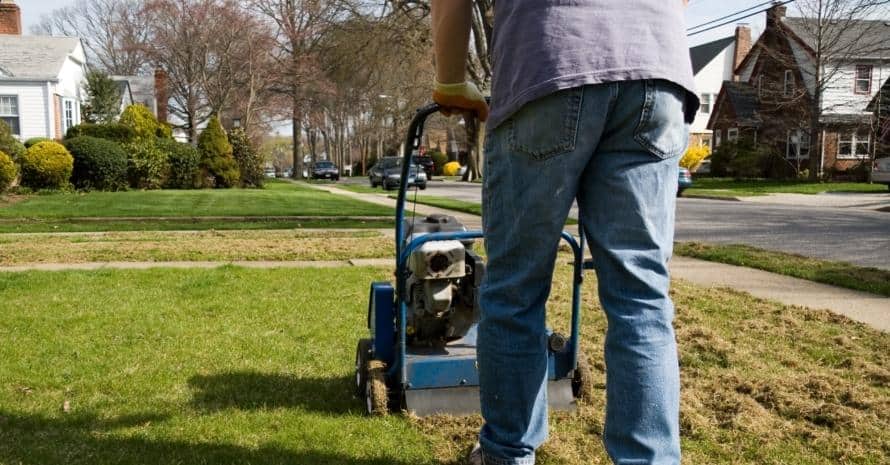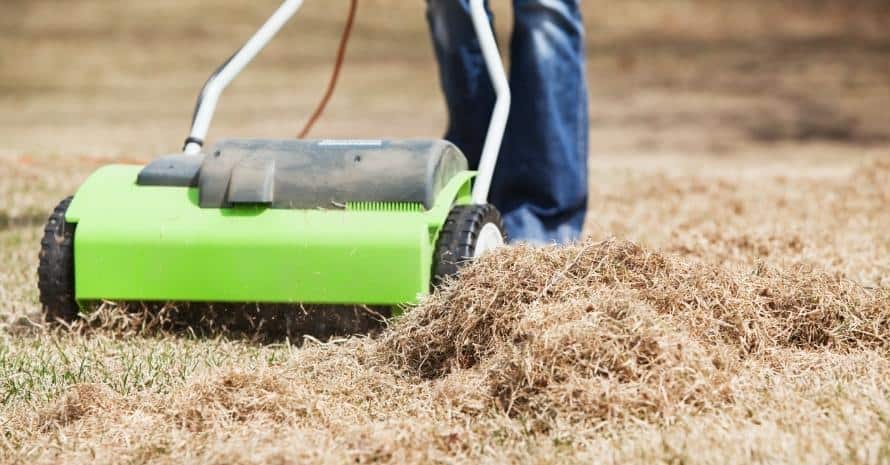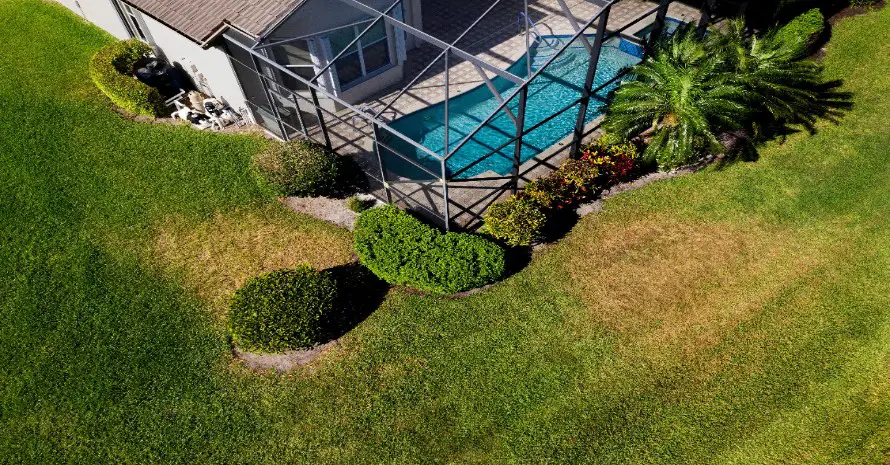Every conscientious homeowner wants to improve his surroundings as much as he can. It’s the 21st century, so when it comes to transforming your lawn, the common wooden rake is a thing of the past. Now power rakes and dethatchers are joining the fight. They are both designed to remove thatch on your lawn. Let’s figure out which is better: power rake vs dethatcher.
Power Rake VS Dethatcher – What Is The Best Thatcher for Lawns?
Despite their outward resemblance and similar working mechanism, these garden tools are designed for slightly different purposes. Let’s find out what similarities and differences a power rake and a dethatching machine have and how to use them.
Are They The Same Things, What Are Their Similarities?
A Power rake and a dethatcher are similar gardening tools, even their appearance is almost the same. But despite all the similarities, they should be used in different cases. Do you want to get rid of the dead grass? Use a power rake. However, when it comes to light debris, dethatcher is the best variant. Though, there is something common between them: they both are fixing the same problem – dead grass, litter and thatch.

Before trying to get rid of deceased grass and thatch buildup, make sure you understand the difference between these tools.
What Is Power Raking?
Power raking solves a much more superficial lawn problem. Most homeowners use a rake in spring and in fall when they want to reseed their lawn. The raking process removes a thick layer of dead grass or debris that is right on top of the soil in your lawn.
What Are Their Differences?
Power rake and dethatcher might look similar, but they differ from each other, despite the fact that they both run on gas, electricity or other fuel. You have to define which of them will be more suitable for the quality of your lawn.
Before you buy a detacher or power rake, you have to take a thatch sample. If there is more than a half an inch of dead organic matter at the top, it will be much more effective to use a dethatching machine.
But if your lawn is sick of dead grass, the best variant will be a power rake because of its aggressive method of cleaning.
Debris begins with dead grass that doesn’t have time to decompose at a good rate. In the early stages, it will just be a dead mass lying on top of the soil that can be removed with a simple rake.
If decomposition occurs, the dead mass will form thatch. There can be too much of this thatch and it can form a barrier on the surface of the lawn. When more than an inch of thatch is formed on the lawn, the grass begins to look unhealthy because of lack of oxygen and water.
This is when a power rake should be used to break up the thick layer of debris and reseed the lawn to make it thicker and fuller.
How Power Rake Is Used, When to Use It and How Often?
As I said, a power thatching rake is more aggressive than a dethatcher, so this is why you have to take all precautions when using it. When organic debris and thatch are over half an inch, you have to use a power rake with its motor that drives huge blades to remove dead grass from the surface.

Before using, you have to make sure that digging blades are adjusted to the right height to avoid damaging healthy grass and roots. Use this rake infrequently, only before sowing grass seed for your lawn. The most favorable period for sowing lawn grass is late April to May and September to early October. If you have fresh, fertile soil, you should wait 1-2 weeks before sowing.
How Dethatcher is Used, When to Use It And How Often?
There are three types of dethatchers: tow-behind, powered and manual. Anyway, all of these garden tools have spring tines to remove a top layer of dead grass on your lawn.
The most efficient and convenient of them all is the powered one. You just have to press the power button and push the tool. In any case, each of the three detacher types can only remove up to a half of an inch of grass.
Because the dethatcher is much milder for mowing the lawn, it can be used more often. As soon as the layer of dead grass approaches a half of inch mark, you can turn this tool on.
Nevertheless, it’s easy to overdo it. If you cut your lawn too often, it can cause the grass to grow too fast.
FAQ

Let’s consolidate the information and answer the most popular questions:
Is it better to power rake or dethatch?
It depends on the quality of the grass on your lawn. As already mentioned, if the layer of dead grass is not more than a half of an inch, you should use a dethatcher. Otherwise, only a power rake can help you.
When should you not power rake?
If the condition of your lawn is satisfactory and the layer of dead grass is not so noticeable, you do not need to use a power rake. Not only can it ruin the appearance of your lawn, but it can also destroy the soil if the rake blades damage the roots.
Should I aerate or dethatch first?
It is not necessary to perform these procedures if the layer of dead grass is too large. Use power rake first, then aerate, and only then detach as needed.
Is power raking necessary?
If you want your lawn to shine and make your neighbors envious, power raking is essential.
So, Should I Take Power Rake or Dethatcher?
I hope you finally figured out that a power rake is not the same as a dethatcher. These two rakes are used for different purposes. Dethatcher is a chipper and simpler option for dethatching a surface layer of soil and power rakes are usually used by professionals or in case you have a thick thatch layer.
You shouldn’t spend more money on a big and heavy power rake, if you don’t know exactly why you need it.
Share your thoughts about it in the comments below. Are you still using a regular rake? If not, what machine do you use?




